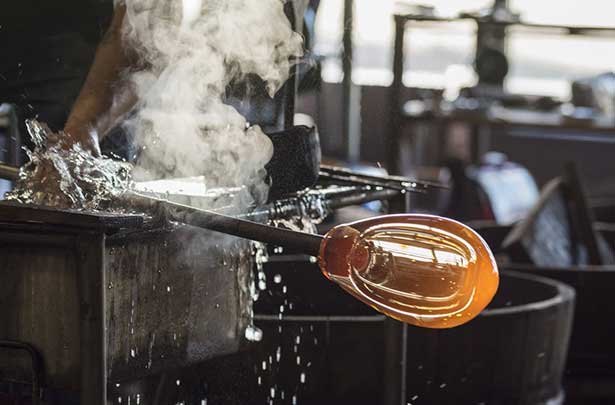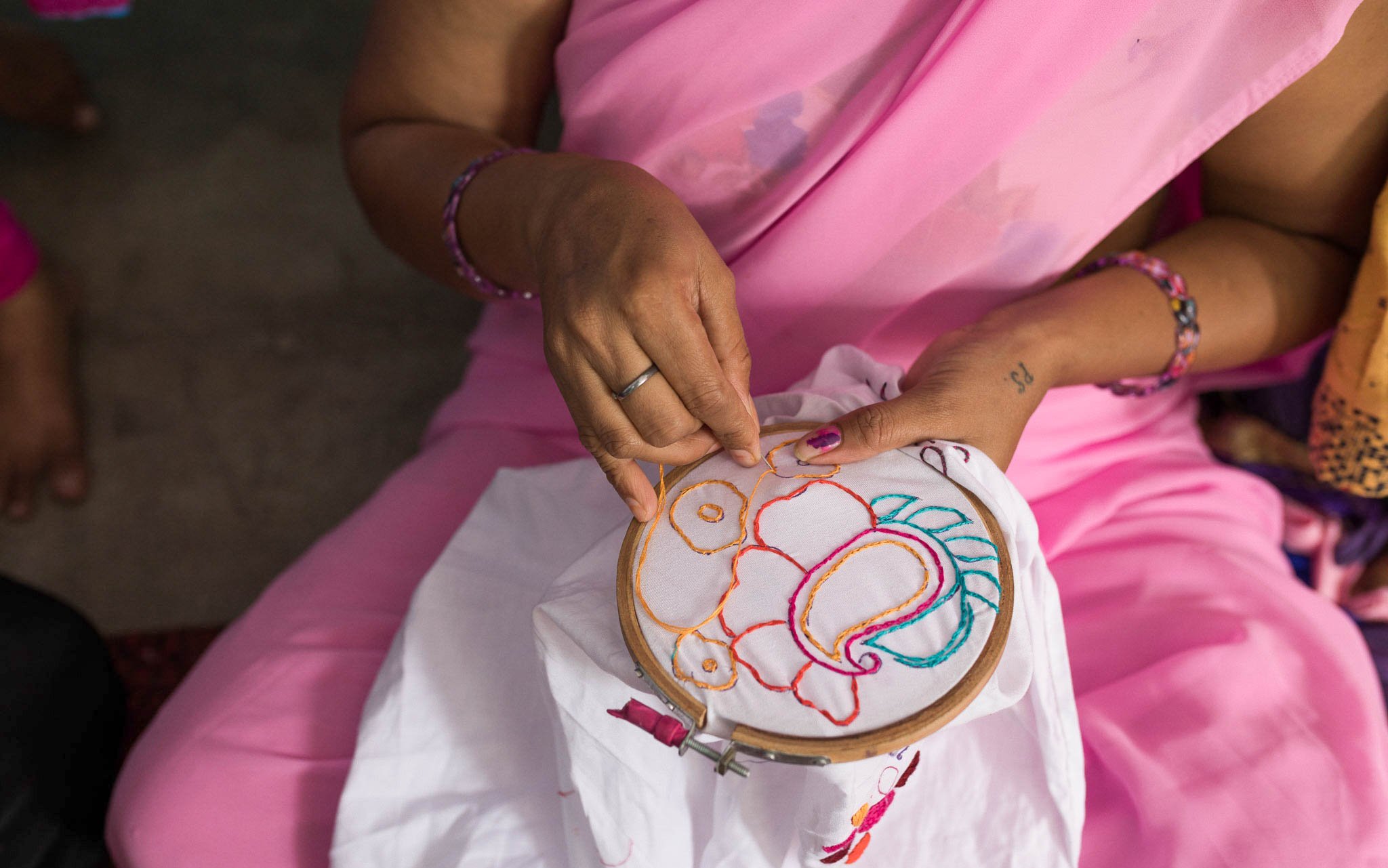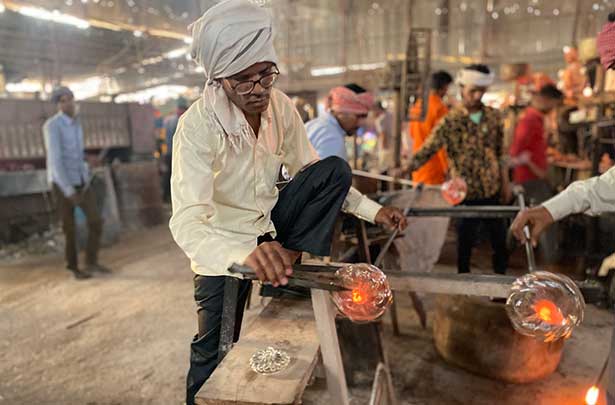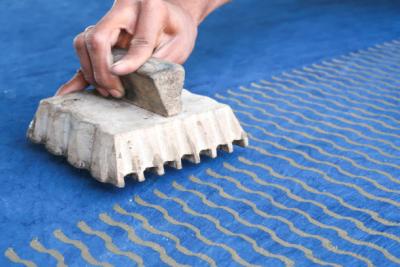Most of the glassware of the Weldaad Collection is entirely handmade from recycled glass. The recycling process starts with the collection of waste glass. The different colours of glass are sorted into piles, washed to remove any impurities, and finally crushed and melted down. The molten glass forms the base to create new products, either handblown or placed in bespoke moulds to create beautiful new products. 
The first step in the process of glassmaking is to collect the raw materials. The primary raw materials used in traditional glassmaking are silica sand, soda ash, and limestone. These raw materials are mixed in the required proportion to make a mixture called batch. However, for recycled glass, the raw materials are obtained by recycling glass bottles and other glass objects. The recycled glass is cleaned and sorted by color, and then it is crushed into small pieces.
The next step is to melt the batch or crushed recycled glass in a furnace. In traditional glassmaking, the furnace used is a pot furnace made of clay. The furnace is heated using coal, wood, or oil, and the temperature is gradually increased to melt the batch or recycled glass. It takes several hours for the batch or recycled glass to melt completely. Once the melting is complete, the furnace is allowed to cool down slowly to prevent the glass from cracking.
After the glass has cooled down, it is ready for shaping. In traditional glassmaking, the glass is shaped by blowing it into a mold or by using tools to shape it. The glassblower uses a long metal tube called a blowpipe to gather the molten glass from the furnace. The glassblower then blows into the blowpipe to create a bubble of glass. The bubble of glass is then shaped by using tools or by blowing it into a mold.
Once the glass has been shaped, it is allowed to cool down slowly. This process is called annealing, and it is essential to prevent the glass from cracking due to thermal stress. The glass is placed in an annealing oven, where it is slowly cooled down over several hours.
Finally, the glass is polished to remove any imperfections and give it a smooth finish. The polishing is done by using a grinding wheel or by using sandpaper. The glass is then cleaned and inspected for any defects.









